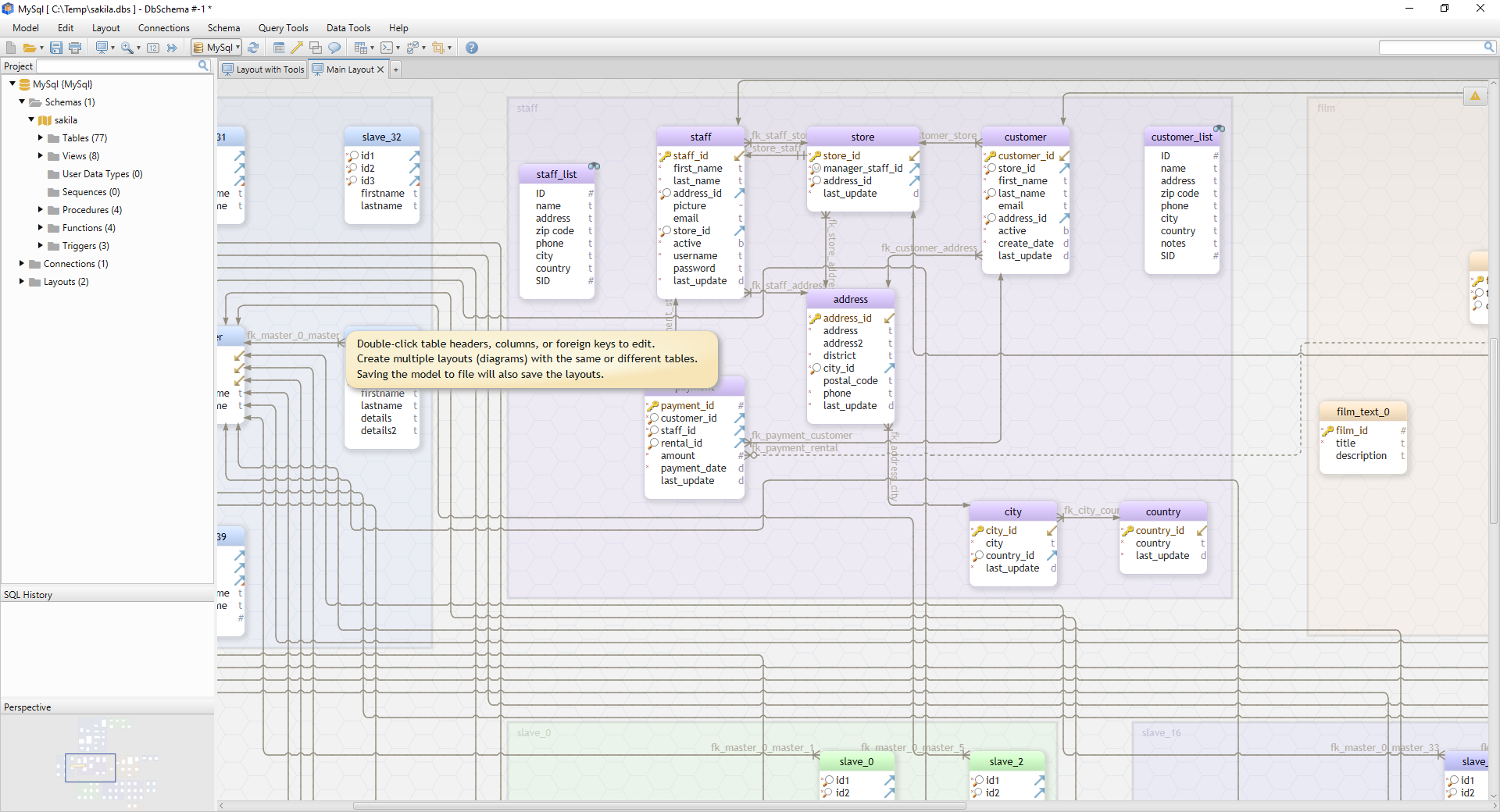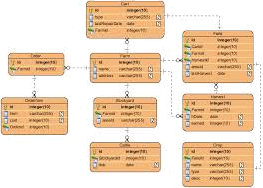
Incremental backups are also often used, where only changes since the previous backup are recorded. The backup copy can be used to restore the database in case of catastrophic disk failure. A backup utility creates a backup copy of the database, usually by dumping the entire database onto tape or other mass storage medium. Usually, the current (source) format of the data file and the desired (target) database file structure are specified to the utility, which then automatically reformats the data and stores it in the database.Ĭonversion tools generate the appropriate loading programs, given the existing source and target database storage descriptions (internal schemas).īackup. (Data import) A loading utility is used to load existing data files-such as text files or sequential files-into the database. SQL is a combination of DDL, VDL, and DML, as well as statements for constraint specification, schema evolution, and other features.

In current DBMSs these languages are not considered distinct languages instead one comprehensive integrated language is used for conceptual schema definition, view definition, and data manipulation. View definition language (VDL) is to specify user views and their mappings to the conceptual schemaĭata manipulation language (DML) is to provide typical data manipulations - retrieval, insertion, deletion, and modification of the data. Instead, the internal schema is specified by a combination of functions, parameters, and specifications related to storage of files. Storage definition language (SDL): In most relational DBMSs today, there is no specific language that performs the role of SDL.


Data definition/description language (DDL) has a syntax like a computer programming language for defining data structures, especially database schemas.


 0 kommentar(er)
0 kommentar(er)
